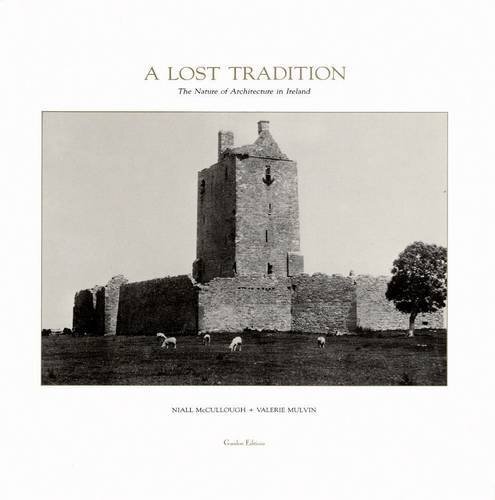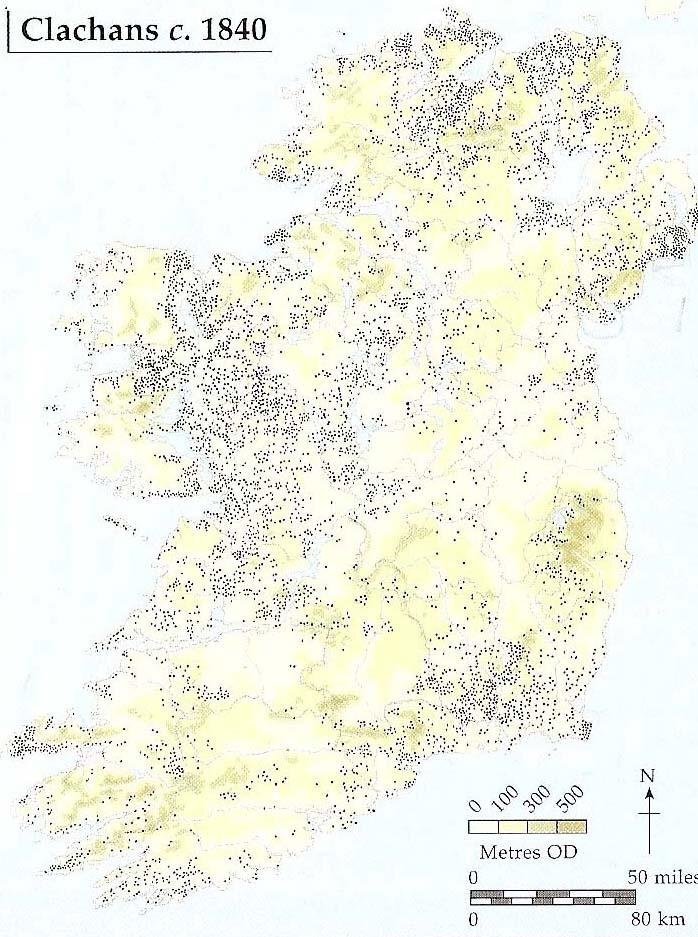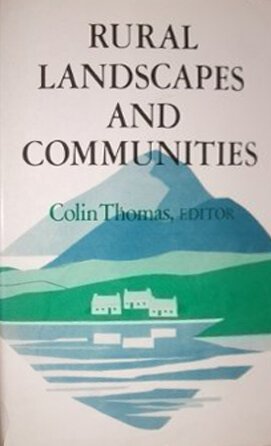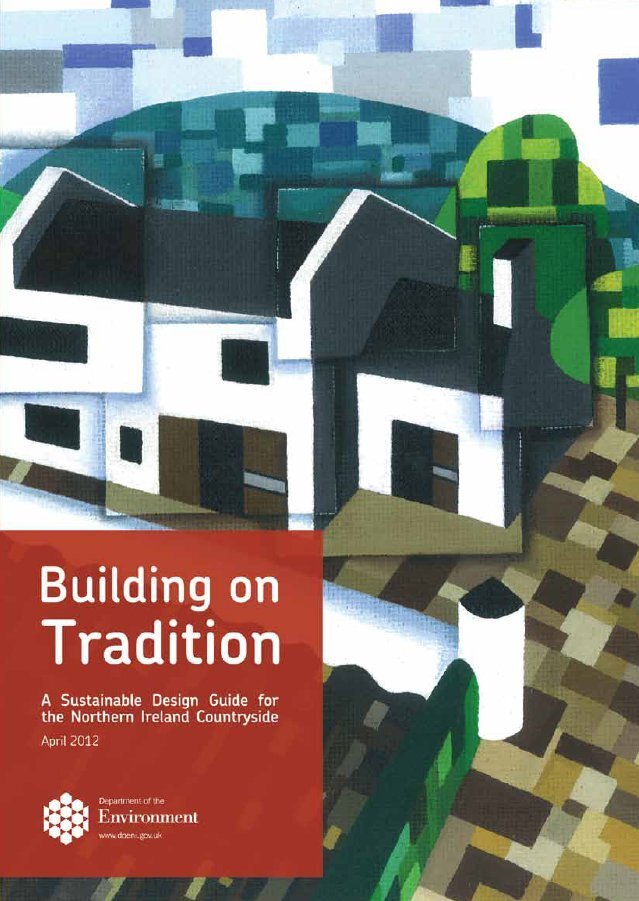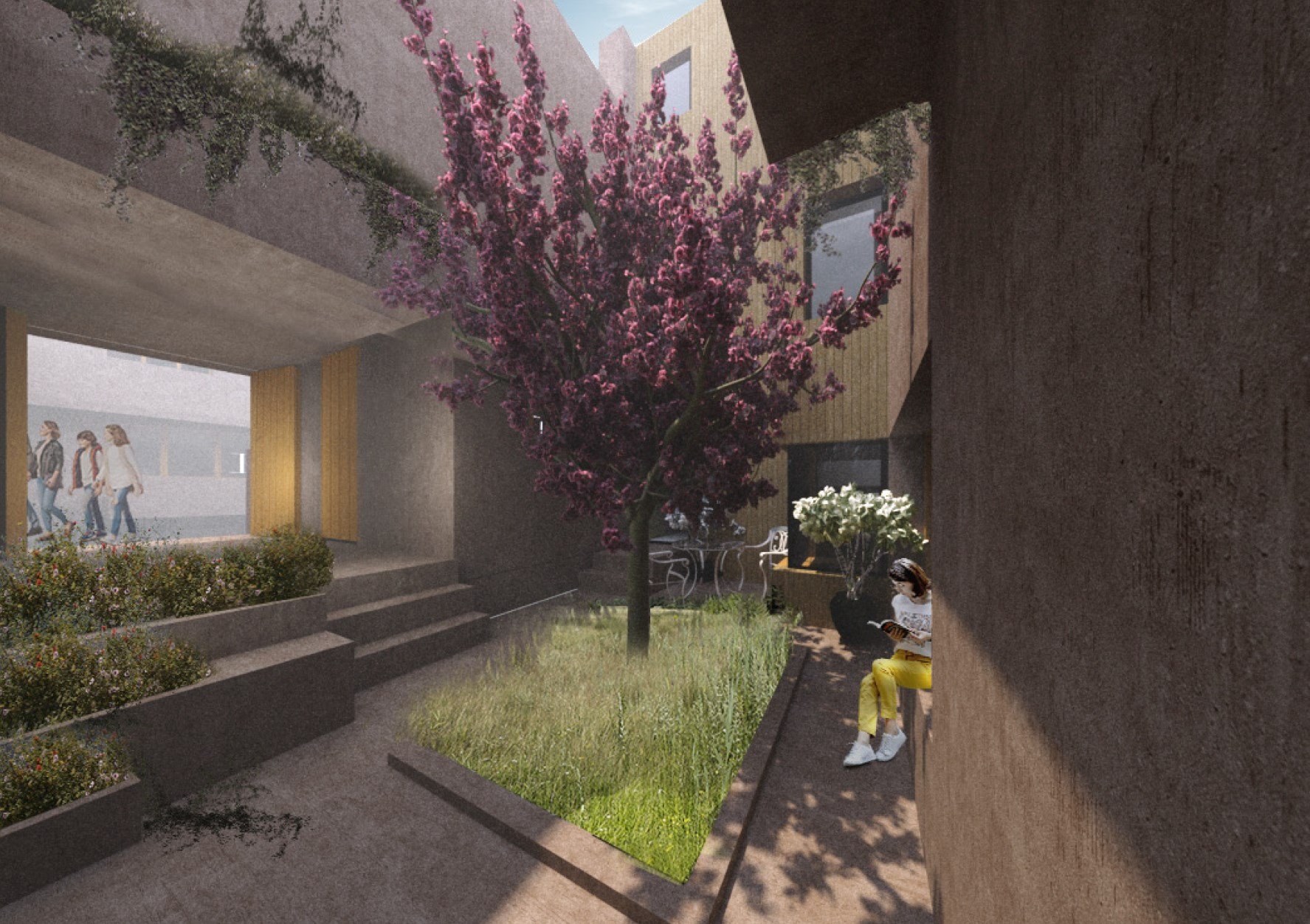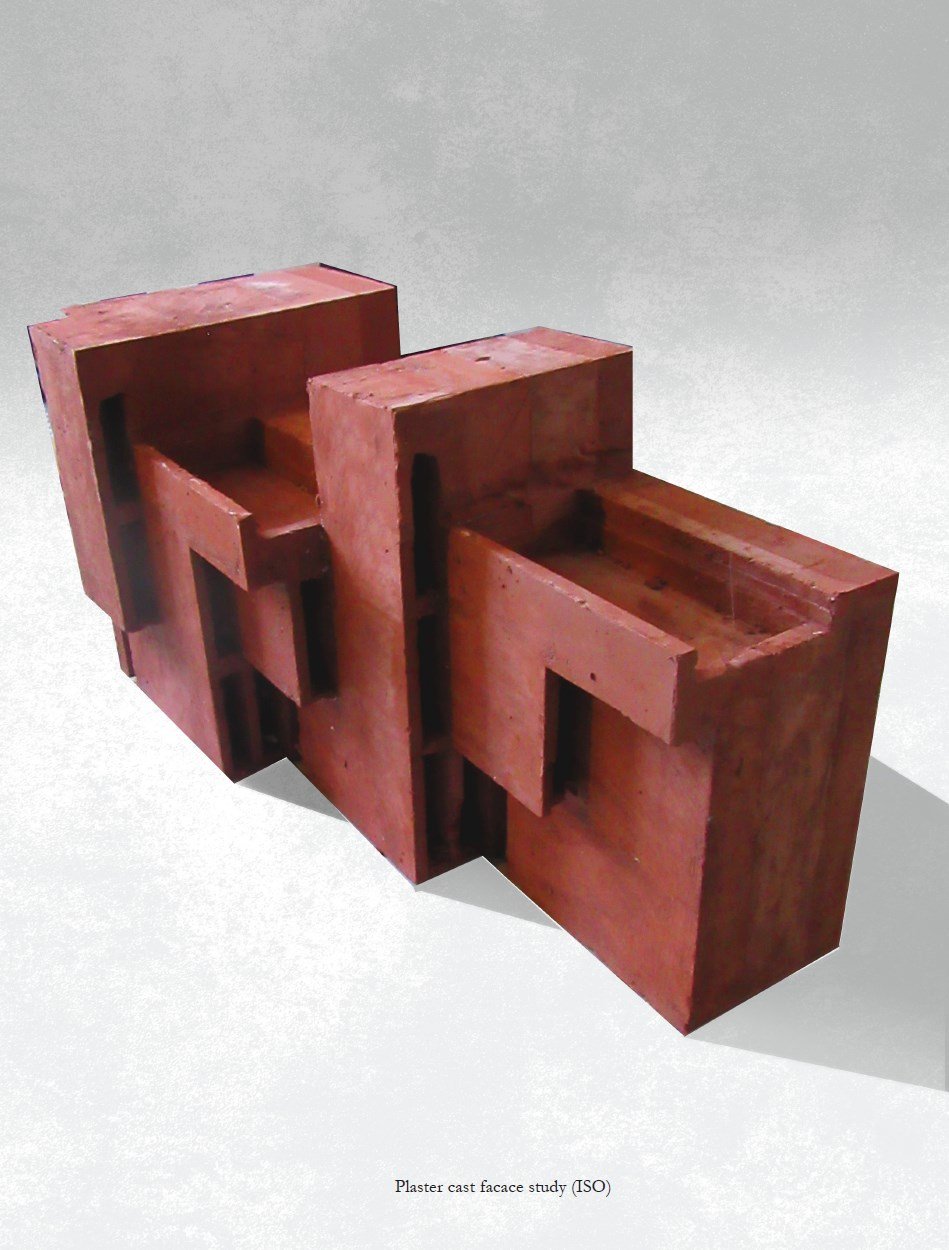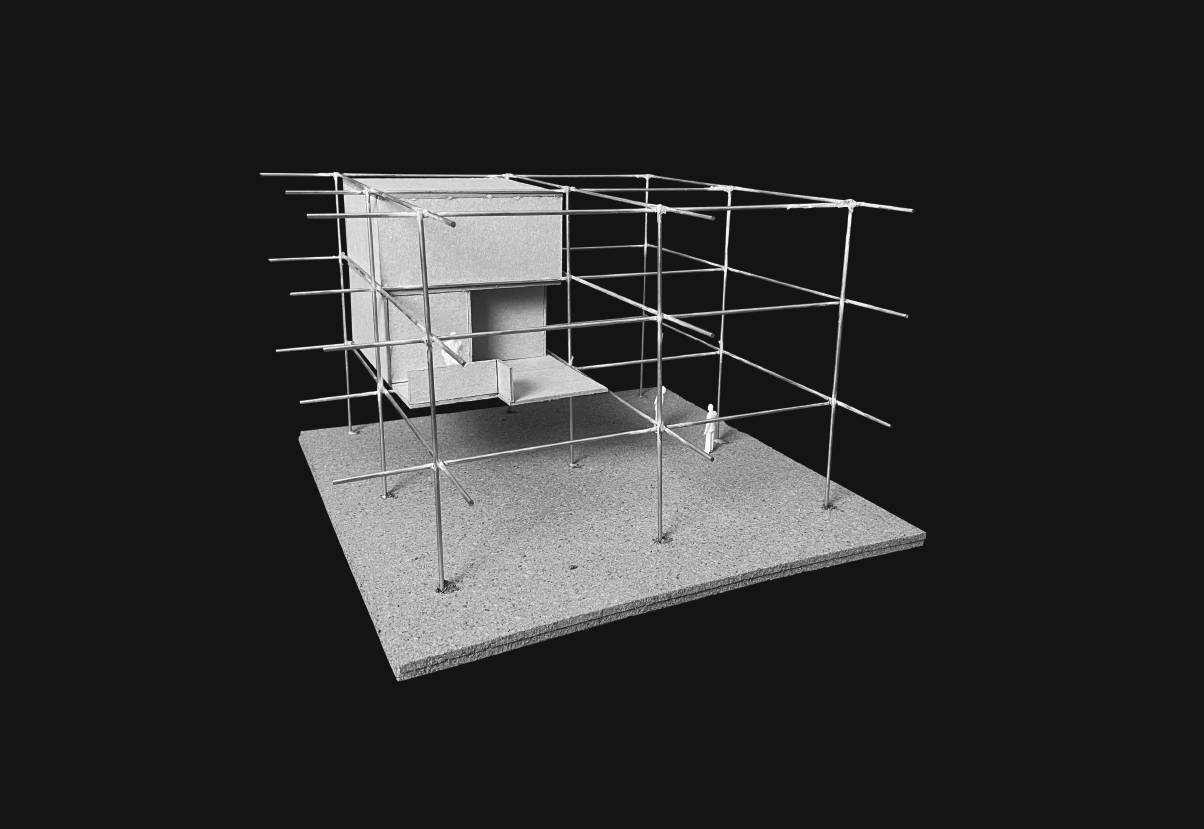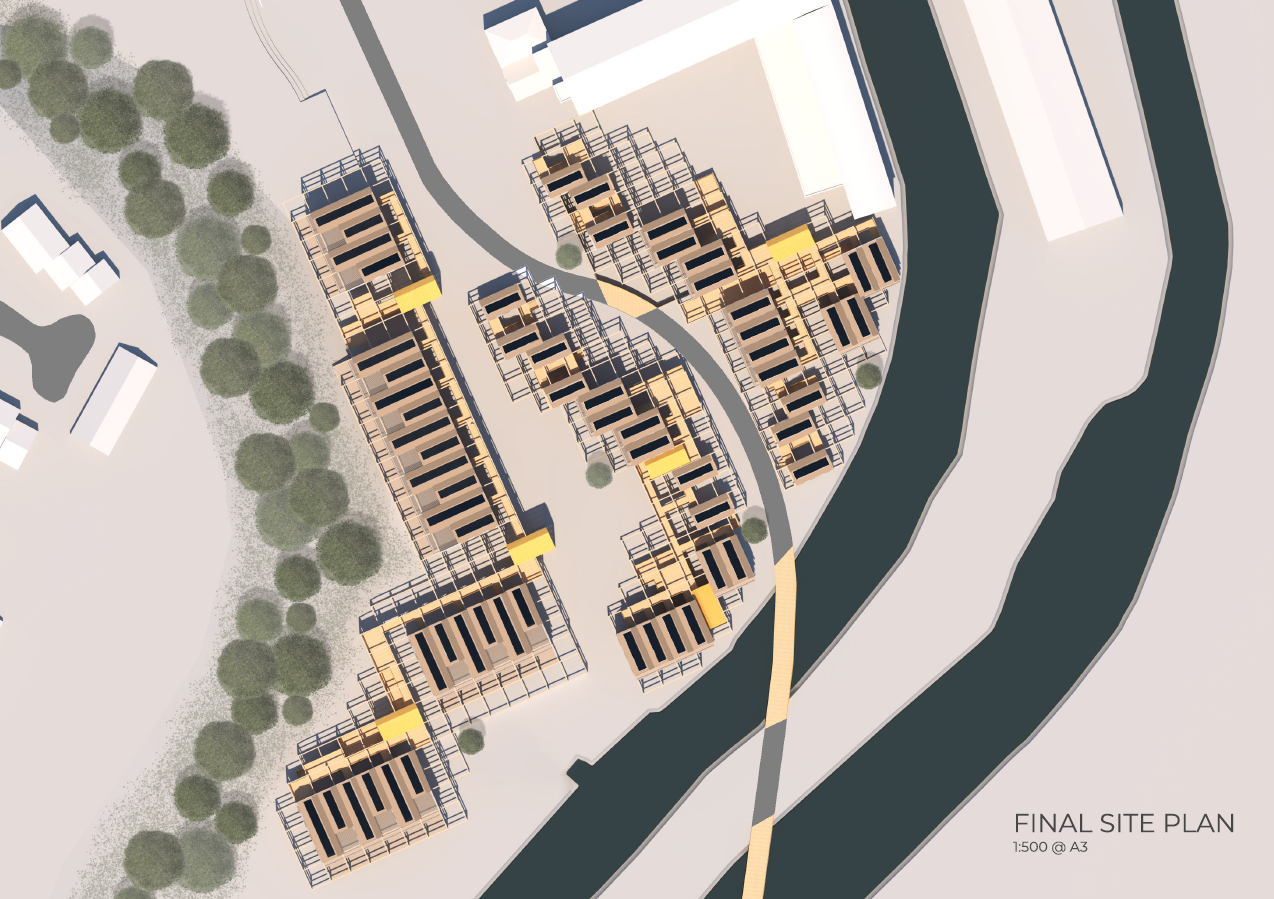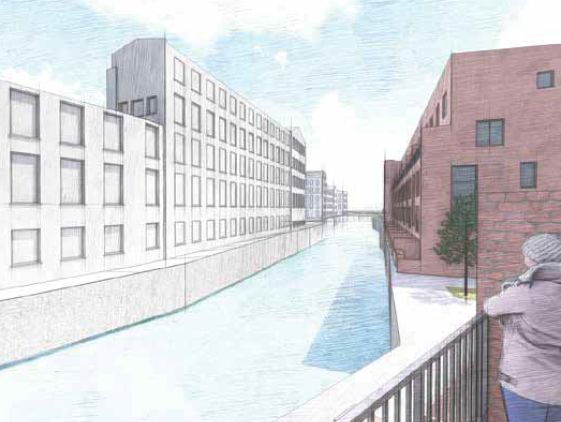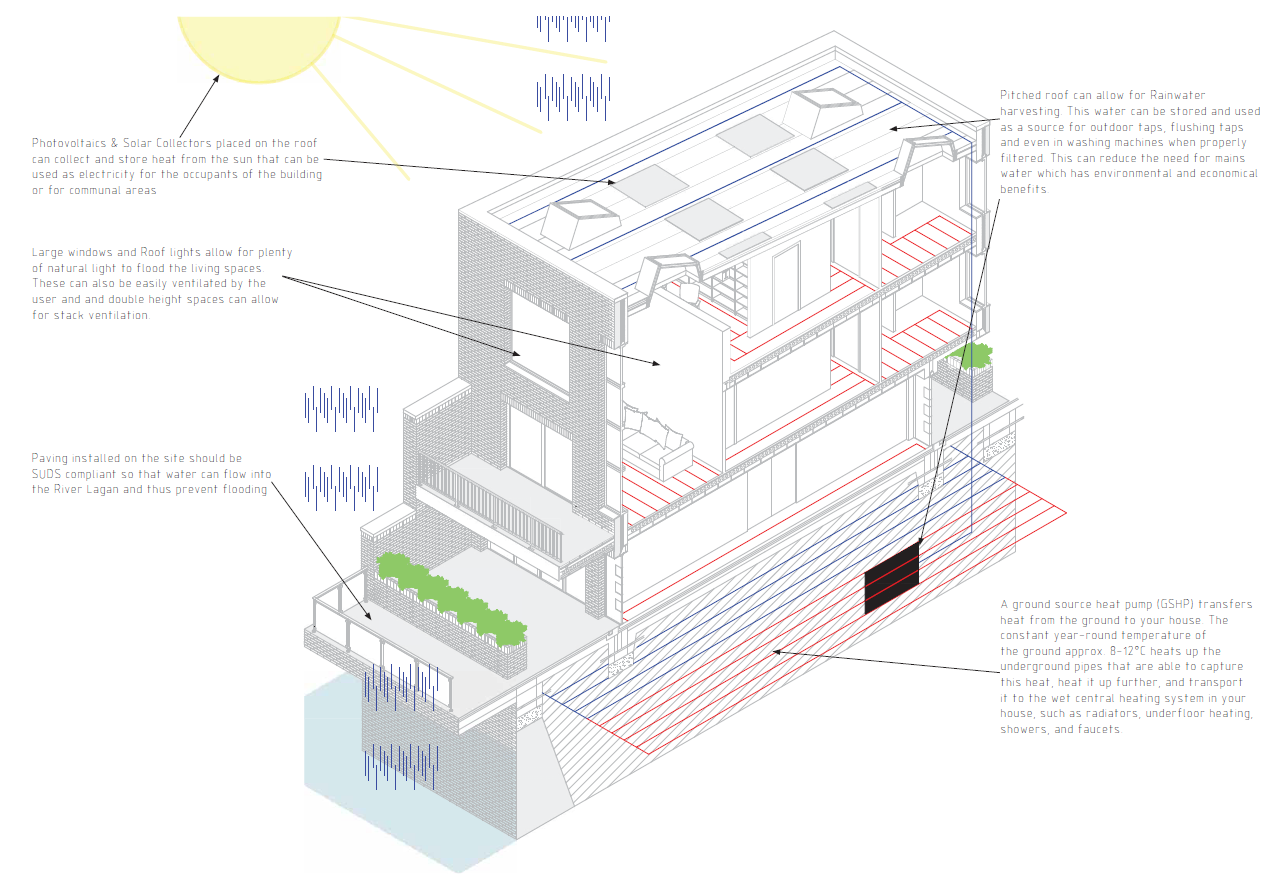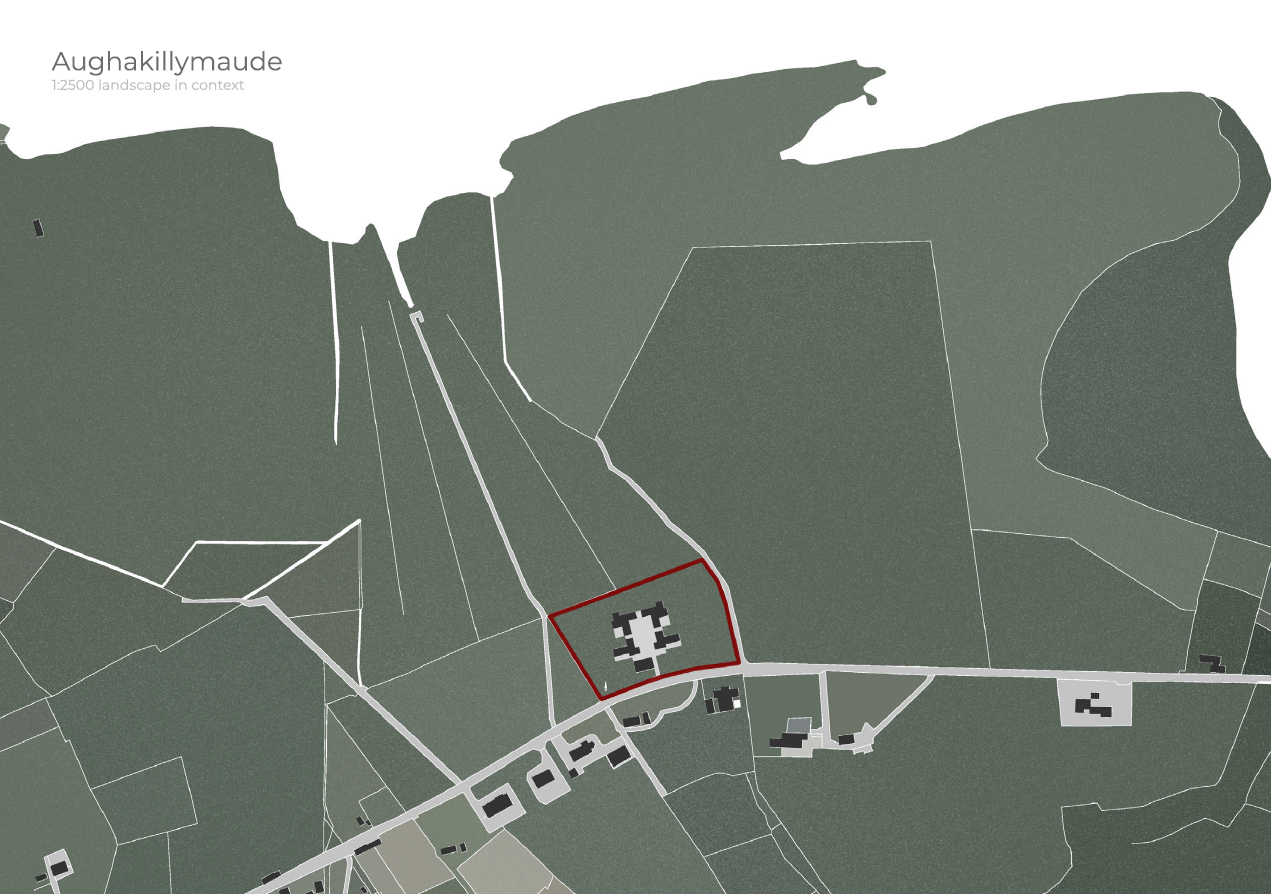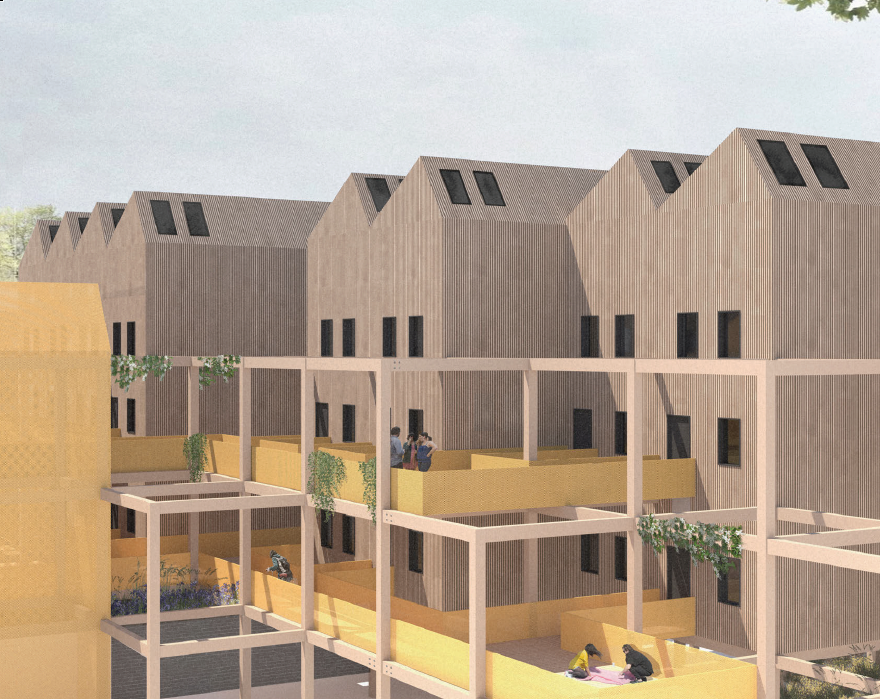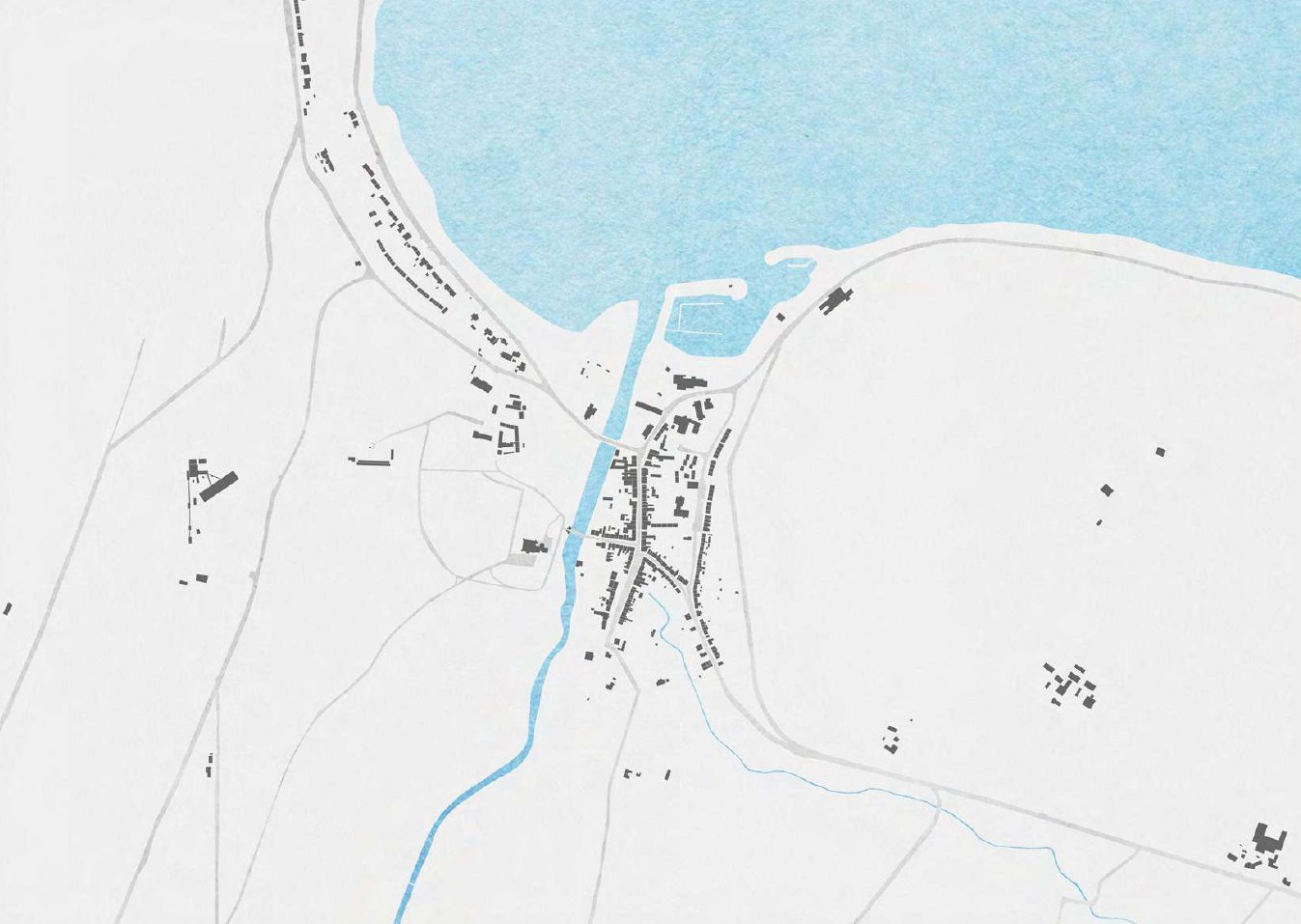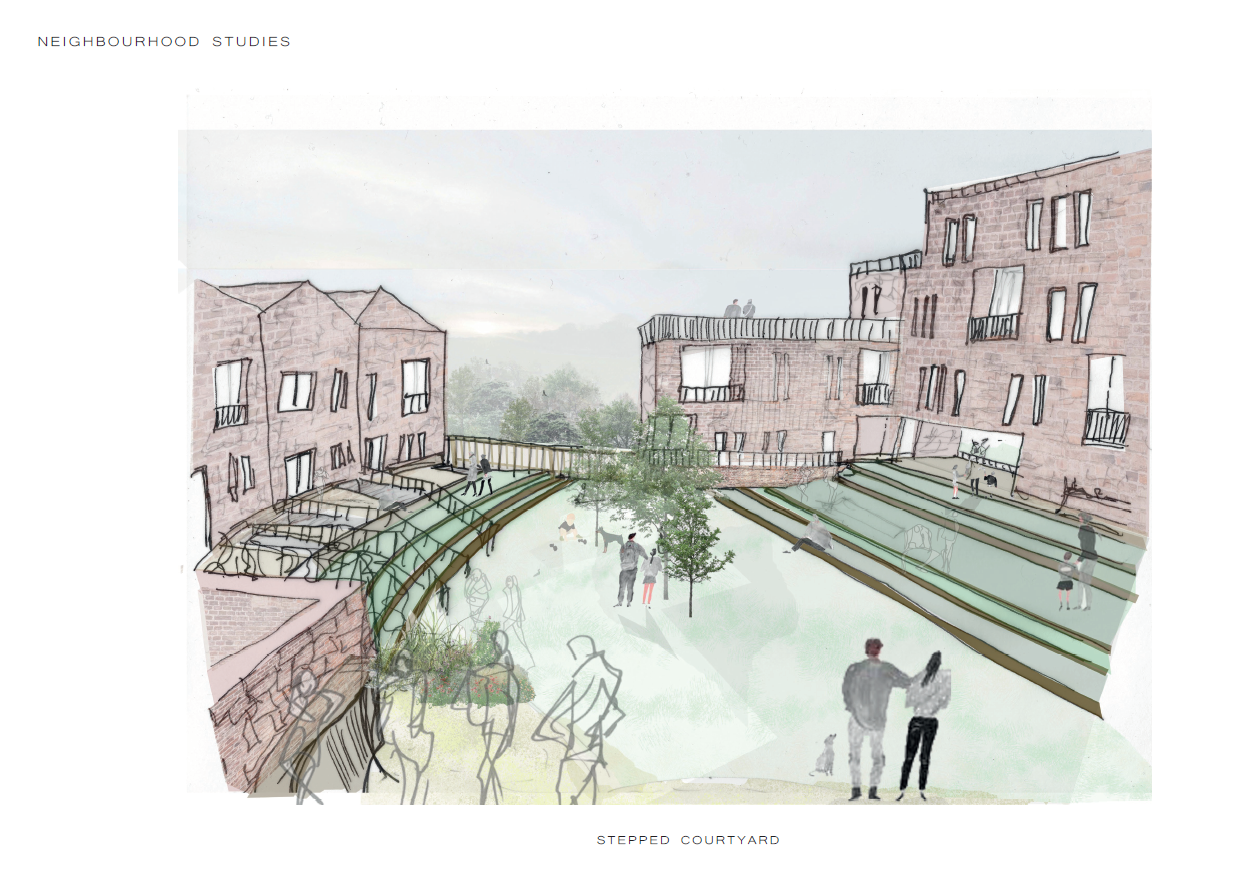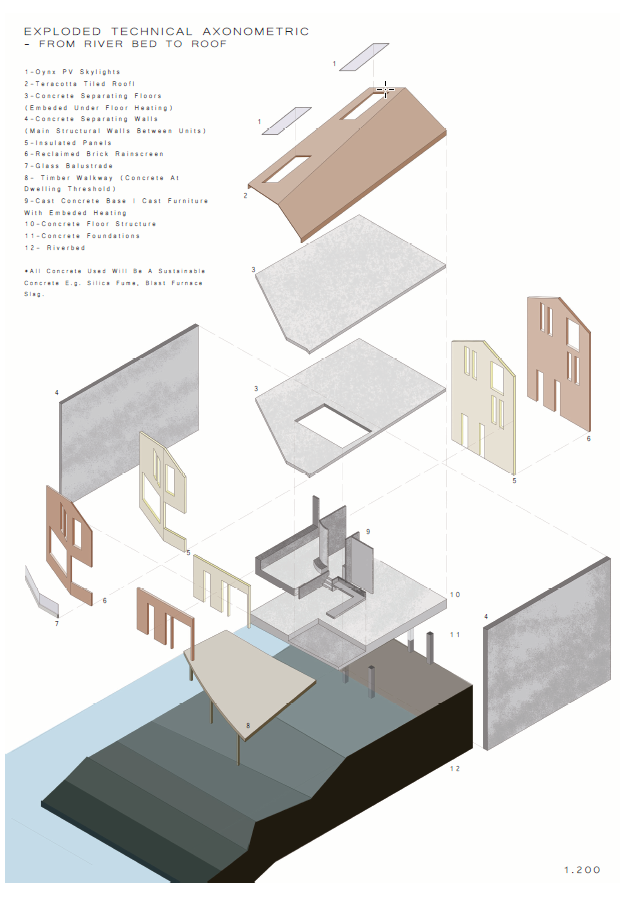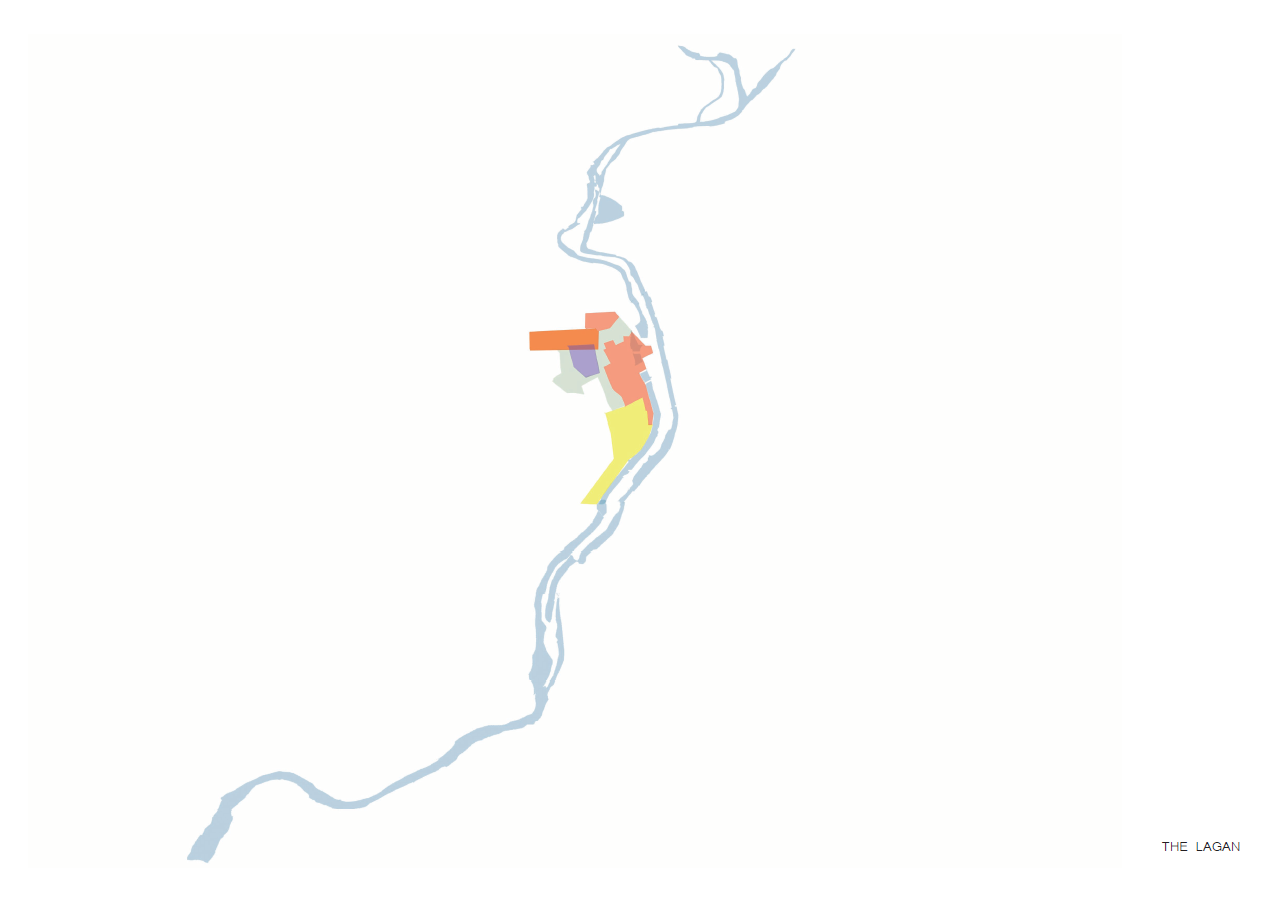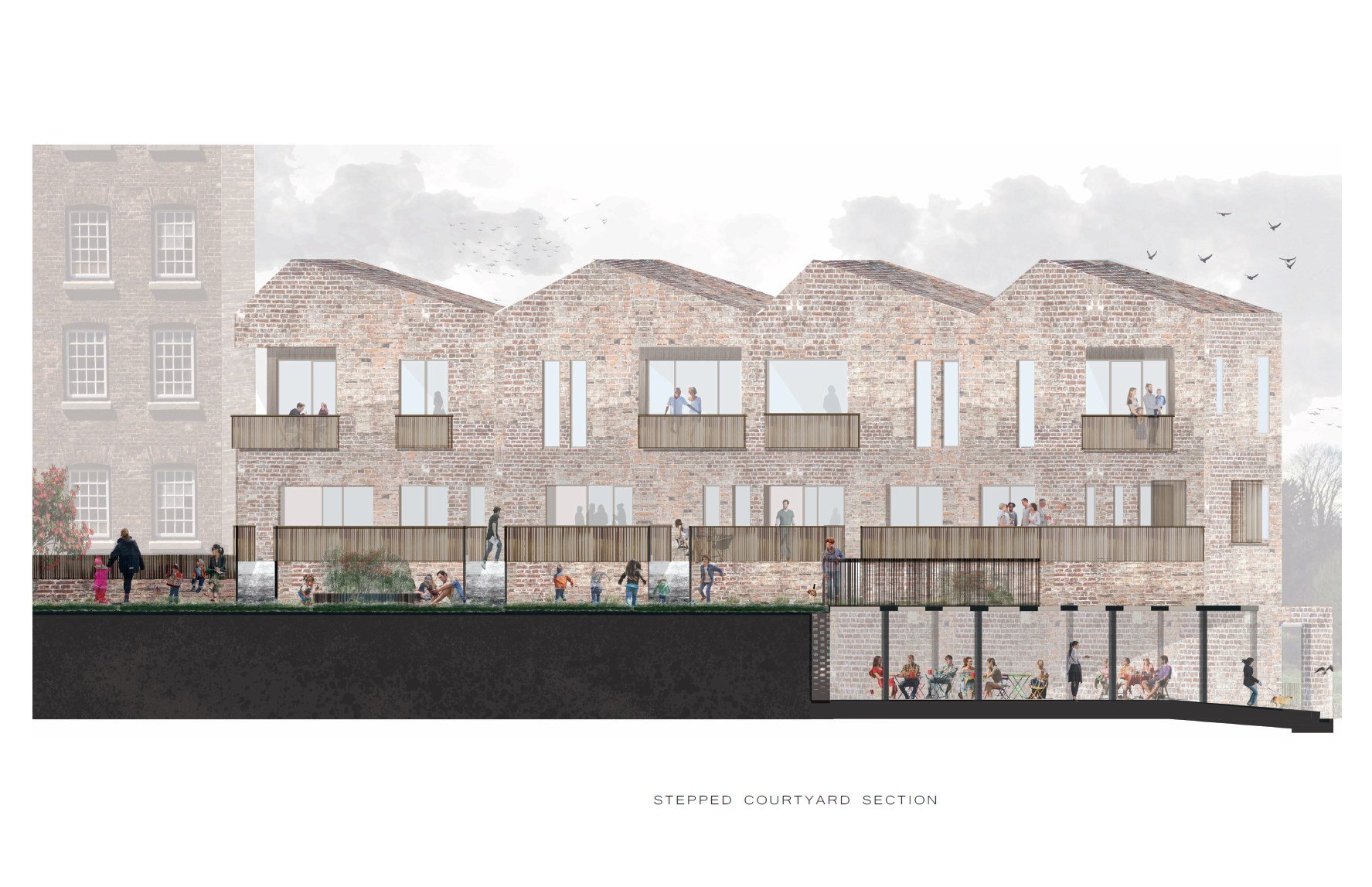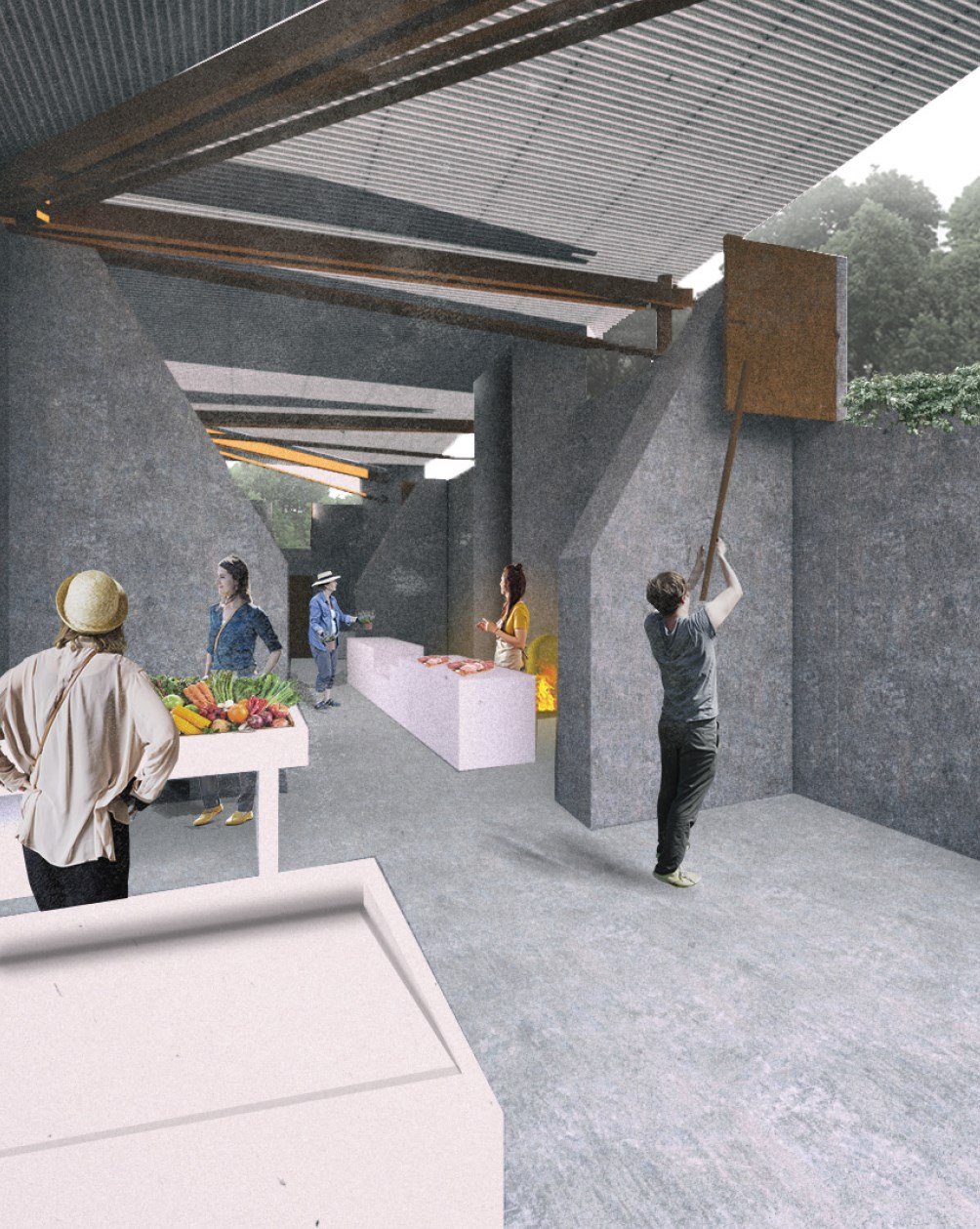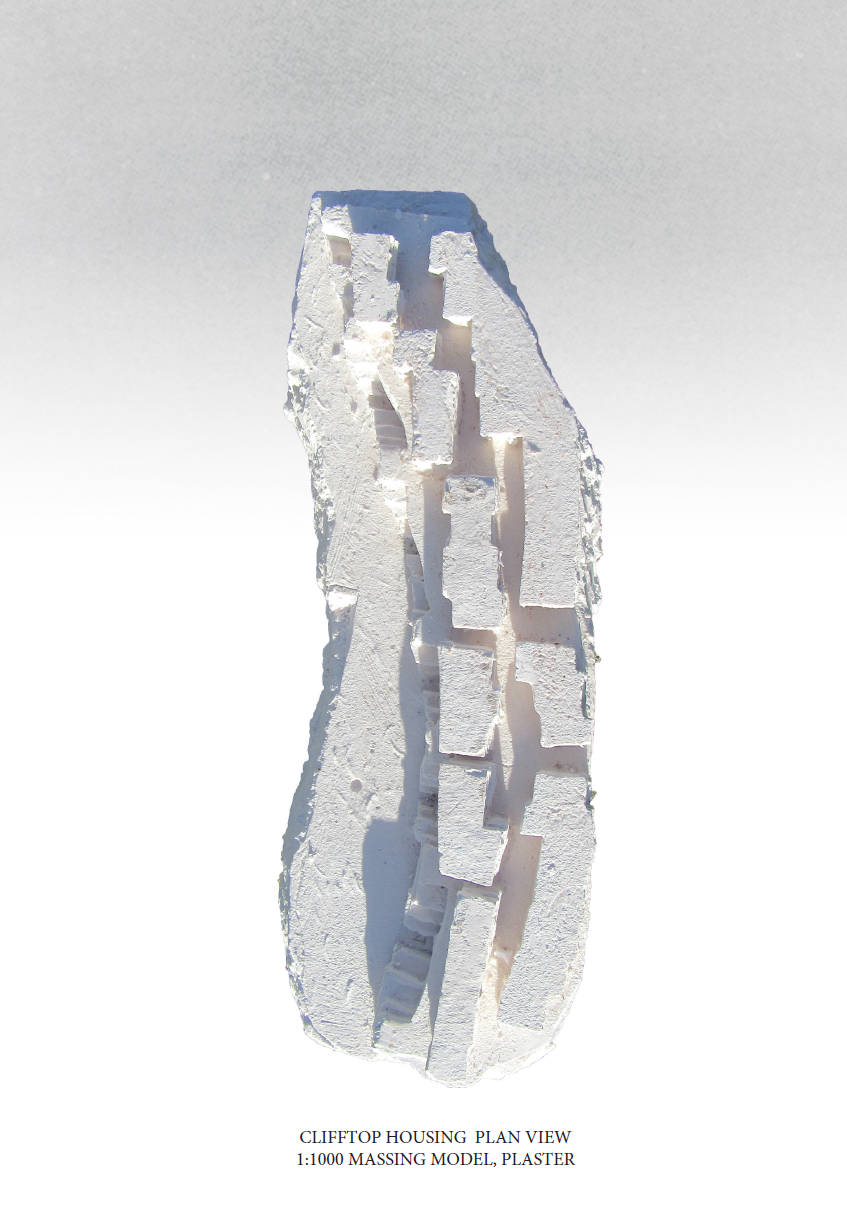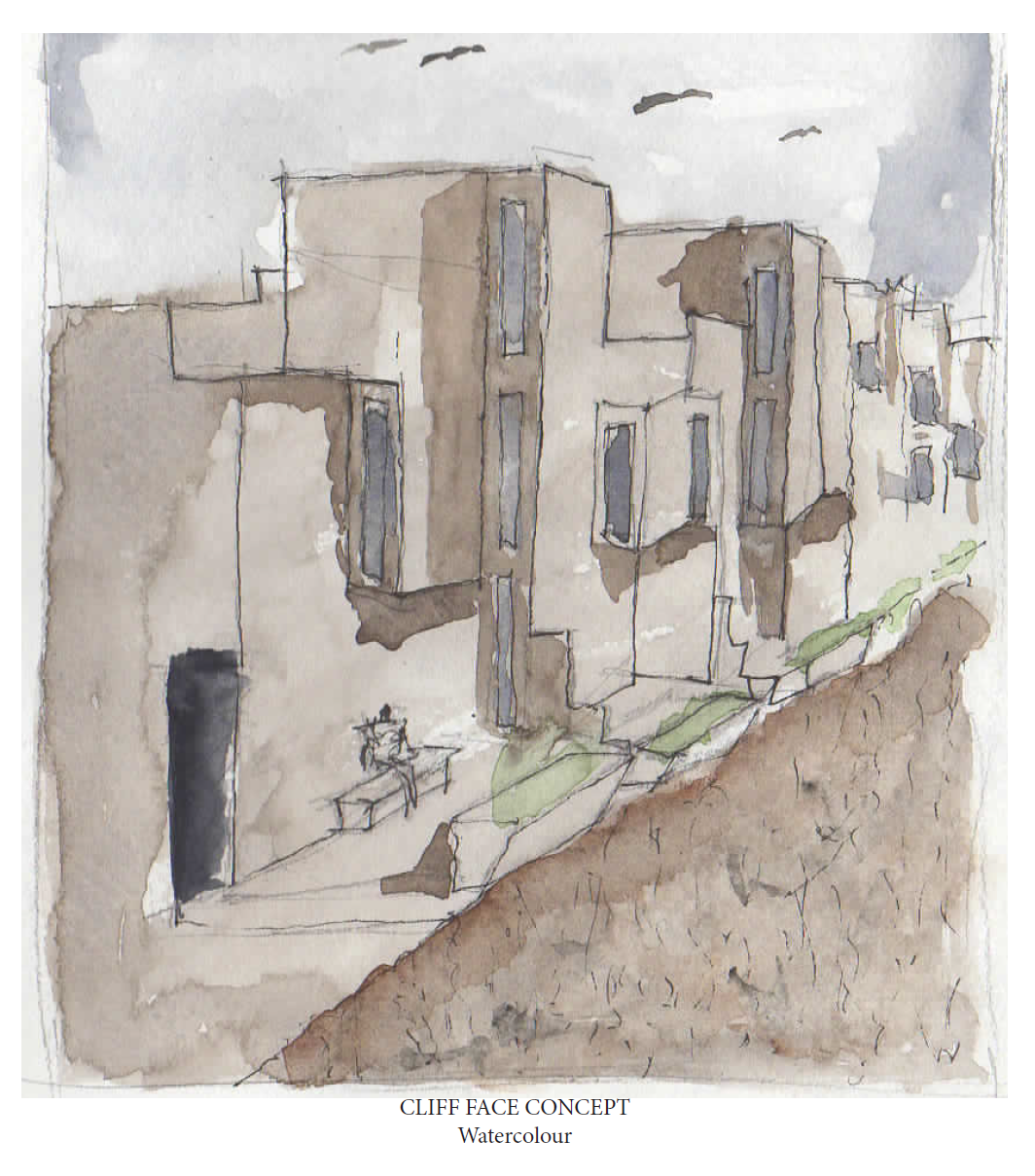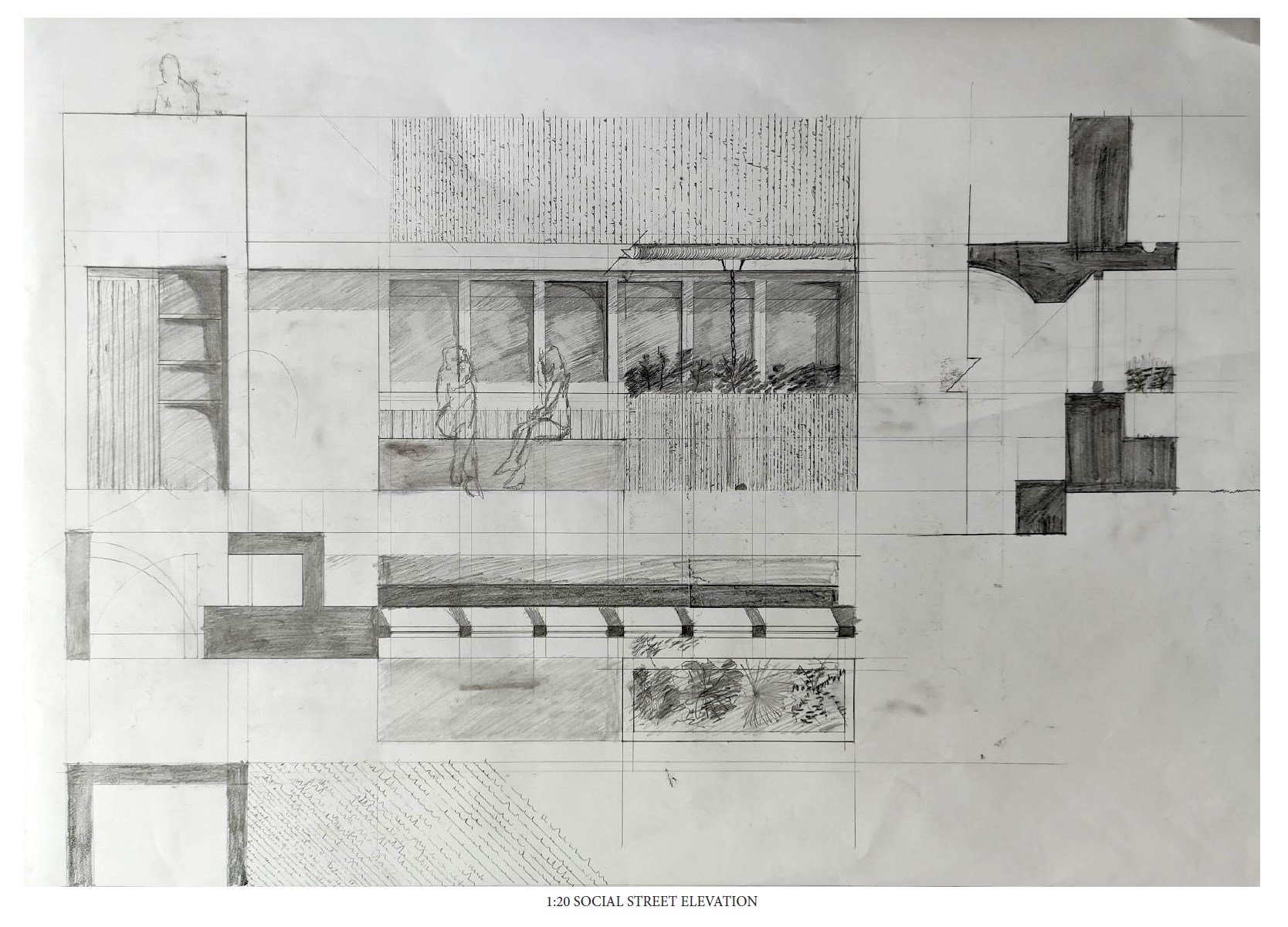Rural Dwelling/Living City III
SuperStudio 4
Rory Caithness, Lecturer in Architecture
Laura Cushnahan, Lecturer in Architecture

This year the studio will continue to consider housing in both rural and urban contexts within Northern Ireland. In the first semester we will begin be asking the question ‘What is it to Dwell’. We will move on to Drawing Landscape – this year focusing this exercise on our key study area for the semester – a series of Dispersed Rural Communities that lie to the South East of the Sperrins. Students will study the landscape as if from the air and mark the topography, rivers and edges which form the divisions of wild and agricultural land.
Drawing Landscape begins our site analysis for the main design project of the semester – ‘Clachan’. Dividing up into mini vertical SuperStudio groups (to be led by a 3rd year or MArch student) – the teams will explore sites within the Dispersed Rural Communities of Carntogher, Six Towns and Broughderg and make proposals for ‘Clachan Style’ clusters of Dwellings. These homes will be remote (possibly ‘off-grid’), yet highly connected.
“Clachans...Such was the apparently random nature of their layout that in the words of one 19th century writer, they appeared to have fallen ‘in a shower from the sky’”
UAHS Modern Ulster Architecture
Through an in depth precedent study students will gain an understanding of the various settlement patterns that formed traditional ‘Clachans’. We will observe the controlled scale, intimacy, material consistency across all buildings and consistency of form and massing. We will understand the nature of Clachan settlements in that individual buildings where part of a collective whole. This collectiveness generated a strong sense of community, and often the external spaces around the houses were shared and communal.
“The word ‘clachan’, a derivative of the Scottish Gaelic, translates as ‘stone’ or ‘rock’ and is most commonly used in the North of Ireland, including the North West County of Donegal.”
The Clachan Housing Settlement Pattern in North West Ireland, J. William Carswell
In the second semester we will shift in scale towards Belfast, exploring existing communities (and possibilities) on the edge of the City Centre. Through analysis of highly sustainable emerging case studies we will establish an agenda for a new way of living in a City Centre location. We will explore ideas for Live / Work, new sustainable methods of construction, along with new methods of connectivity (do we all need to own a car?). At the heart of everything we do will be fostering a sense of Community and Neighbourhood - as these are the fundamental ingredients for creating good places to live.
Reading Materials
STUDIO RESEARCH STATEMENT
Research Questions and Theme
The studio considers housing in both rural and urban contexts within Northern Ireland exploring issues such as depopulation in rural towns and villages and the lack of quality family and community orientated housing in the centre of our main city — Belfast. There is a high demand for new housing in Northern Ireland, and in particular social housing. Architects must be involved in this process to ensure quality and through discourse and dissemination our studio aims to make a positive contribution to this critical area of work. In the second year of the studio we are considering Dispersed Rural Communities (DRCs) and how we might make proposals for ‘Clachan style’ clusters of 3–6 dwellings. In the second semester we will again shift our focus towards Belfast, our biggest city. This year we will consider the rural / urban peripheral edges where the city meets the countryside.
Description and Methods
A key driver of the studio is the consideration of scale — exploring the context we are working in on the scale of the country (Northern Ireland) through drawings of the landscape, the scale of the city through figure / ground drawings through to the human scale of a room through the making of 1:20 physical study models. The basic structure of the studio itself sees each semester culminate in design projects which shift in scale as we move from rural to urban. Through these drawings and models, we develop our student’s abilities to shift fluidly back and forward between these scales, the city and the room. Precedent study is another critical aspect of our studio method — both of contemporary work and looking back to pioneering social housing projects of the 60’s and 70’s (in London in particularly) and further back again to traditional dwelling typologies. Our critical precedent study at present is the Clachan cluster, in particular those built up until the mid-19th Century in Ireland. Desmond McCourt’s Mapping of Clachans in Ireland c1840 is a key reference point evidencing the predominance of this typology at the time. These traditional Clachan clusters have gradually disappeared during the course of the 20th Century. Through an in depth study we will uncover the essence of the traditional Clachan as a typology — controlled scale, intimacy, material consistency across all buildings, consistency of form and massing and each individual building having a sense of being part of a collective whole. This collectiveness generated a strong sense of community, and often the external spaces around the houses were shared and communal. As we again shift from the rural to urban (or sub-urban) context half way through the year we hope this study of shared communal spaces from our Clachan precedent, the spaces in between the homes, might manifest itself in housing proposals on a bigger scale. Also, through analysis of highly sustainable emerging case studies in Scotland, England and elsewhere we will establish an agenda for a new way of living in an edge of City location. We will explore ideas for live / work, new sustainable methods of construction, along with new methods of connectivity (do we all need to own a car?). At the heart of everything we do will be fostering a sense of Community and Neighbourhood ± as these are the fundamental ingredients for creating good places to live.
Findings and Dissemination
The studios findings are ultimately recorded in the student portfolios. In the post-covid context we now have the ability to make a digital record of the portfolios and catalogue the work. Dissemination is by studio exhibition, online publication on social media and websites and, we hope, by our graduates going out into practice to put their findings into action.
SuperStudio Imagery
For more information on this SuperStudio, please contact Rory Caithness






